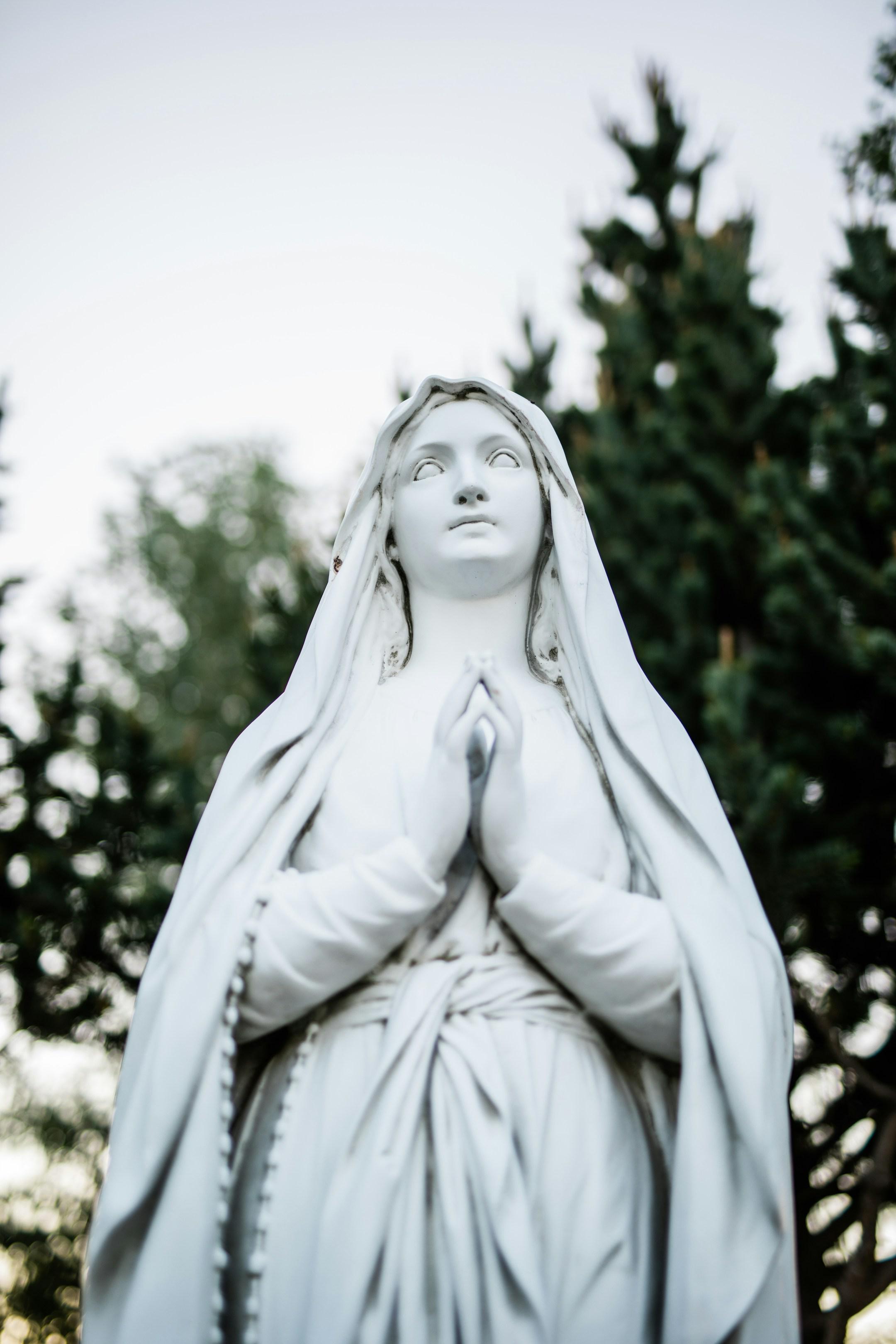
The Catholic Church’s teaching on the Communion of Saints and Marian intercession often faces criticism from non-Catholics, who may view it as unbiblical or even idolatrous. However, these doctrines are firmly rooted in Scripture, Tradition, and reason, forming a beautiful tapestry of the Church’s understanding of the Body of Christ. This article will explore and defend these teachings using biblical evidence, early Church witness, and theological reasoning.
The Communion of Saints: A Biblical Foundation
Unity of the Body of Christ
The Catholic Church teaches that the Communion of Saints flows directly from the unity of the Body of Christ. St. Paul emphasizes this unity in multiple passages:
- 1 Corinthians 12:12-27: Paul describes believers as members of one body, with Christ as the head. Each member is interconnected, sharing in both joys and sufferings. This interconnectedness extends beyond death because Christ has conquered death (Romans 6:9).
- Romans 8:38-39: Paul assures us that neither death nor life can separate us from the love of God in Christ Jesus. Therefore, the bond between believers persists even after physical death.
The Heavenly Witnesses
The Bible also portrays the saints in heaven as actively involved in the lives of those on earth:
- Hebrews 12:1: The faithful are surrounded by “a great cloud of witnesses,” referring to the saints who encourage and inspire the living to persevere in faith.
- Revelation 5:8: The twenty-four elders in heaven offer the prayers of the saints on earth, depicted as golden bowls of incense. This indicates that the saints in heaven are aware of and involved in earthly intercessions.
- Revelation 8:3-4: An angel offers the prayers of the saints, further underscoring the connection between heaven and earth through prayer.
These passages affirm that the saints in heaven are not passive but play an active role in interceding for the faithful on earth.
Marian Intercession: Rooted in Scripture and Tradition
Mary as the Mother of All Believers
Mary’s role as an intercessor is deeply connected to her unique position in salvation history:
- John 19:26-27: At the crucifixion, Jesus entrusts Mary to the Apostle John with the words, “Behold your mother.” The Church has long understood this as Jesus giving Mary to all believers as their spiritual mother.
- Genesis 3:15: Mary is the “woman” whose offspring will crush the serpent’s head. Her unique role in God’s plan of salvation highlights her intimate connection with Christ’s mission.
- Luke 1:48: Mary herself proclaims that “all generations will call me blessed.” This prophetic statement underscores her honored place in the Church.
The Wedding at Cana
In John 2:1-11, Mary’s intercession at the wedding feast of Cana demonstrates her role as an intercessor. Mary notices the lack of wine and brings the issue to Jesus, who performs His first miracle at her request. This passage shows that Mary’s intercession is effective and rooted in her maternal concern for others.
Theological and Historical Support
The Church Fathers affirmed Mary’s intercessory role:
- St. Irenaeus (2nd Century): Describes Mary as the “New Eve,” whose obedience unties the knot of Eve’s disobedience.
- St. Ephrem (4th Century): Frequently refers to Mary as an intercessor and advocate for the faithful.
Objections and Responses
Objection: Christ is the Sole Mediator
Some argue that the doctrines of Marian intercession and the Communion of Saints undermine Christ’s unique role as mediator (1 Timothy 2:5). However, Catholics affirm that Christ is the sole mediator between God and humanity. The intercession of Mary and the saints is a participation in Christ’s mediatory work, not a replacement for it. Just as Christians on earth can pray for one another (James 5:16), so too can the saints in heaven intercede on our behalf.
Objection: Prayer to Saints is Unbiblical
Critics often claim that asking for the saints’ intercession is equivalent to idolatry. However, Catholic prayer to saints is not worship but a request for their prayers. This is analogous to asking a friend on earth to pray for you. The veneration (dulia) given to saints is categorically different from the worship (latria) reserved for God alone.
The Beauty of These Doctrines
The Communion of Saints and Marian intercession reflect the richness of the Church’s understanding of community and grace. These doctrines remind us that:
- We Are Never Alone: We are part of a family that transcends time and space, united in Christ.
- Heaven and Earth Are Connected: The saints and Mary show that the Church is both visible and invisible, encompassing all who belong to Christ.
- God’s Grace Is Abundant: God uses His creation, including the saints and Mary, as instruments of His grace, demonstrating His generosity and love
References
- The Holy Bible, English Standard Version (ESV)
- Catechism of the Catholic Church (1994)
- St. Irenaeus, Against Heresies
- St. Ephrem the Syrian, Hymns on the Nativity
- Hahn, Scott. Hail, Holy Queen: The Mother of God in the Word of God
- Sheen, Fulton J. The World’s First Love: Mary, Mother of God
- Schreck, Alan. Catholic and Christian: An Explanation of Commonly Misunderstood Catholic Beliefs